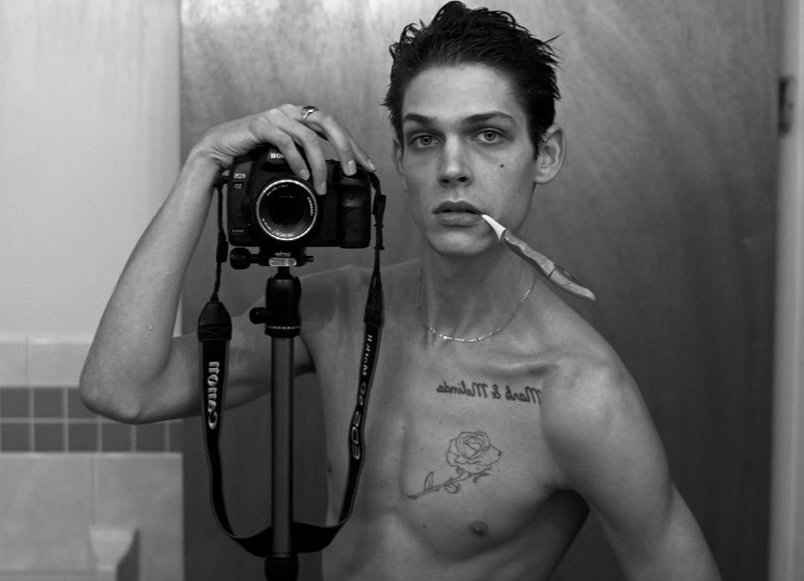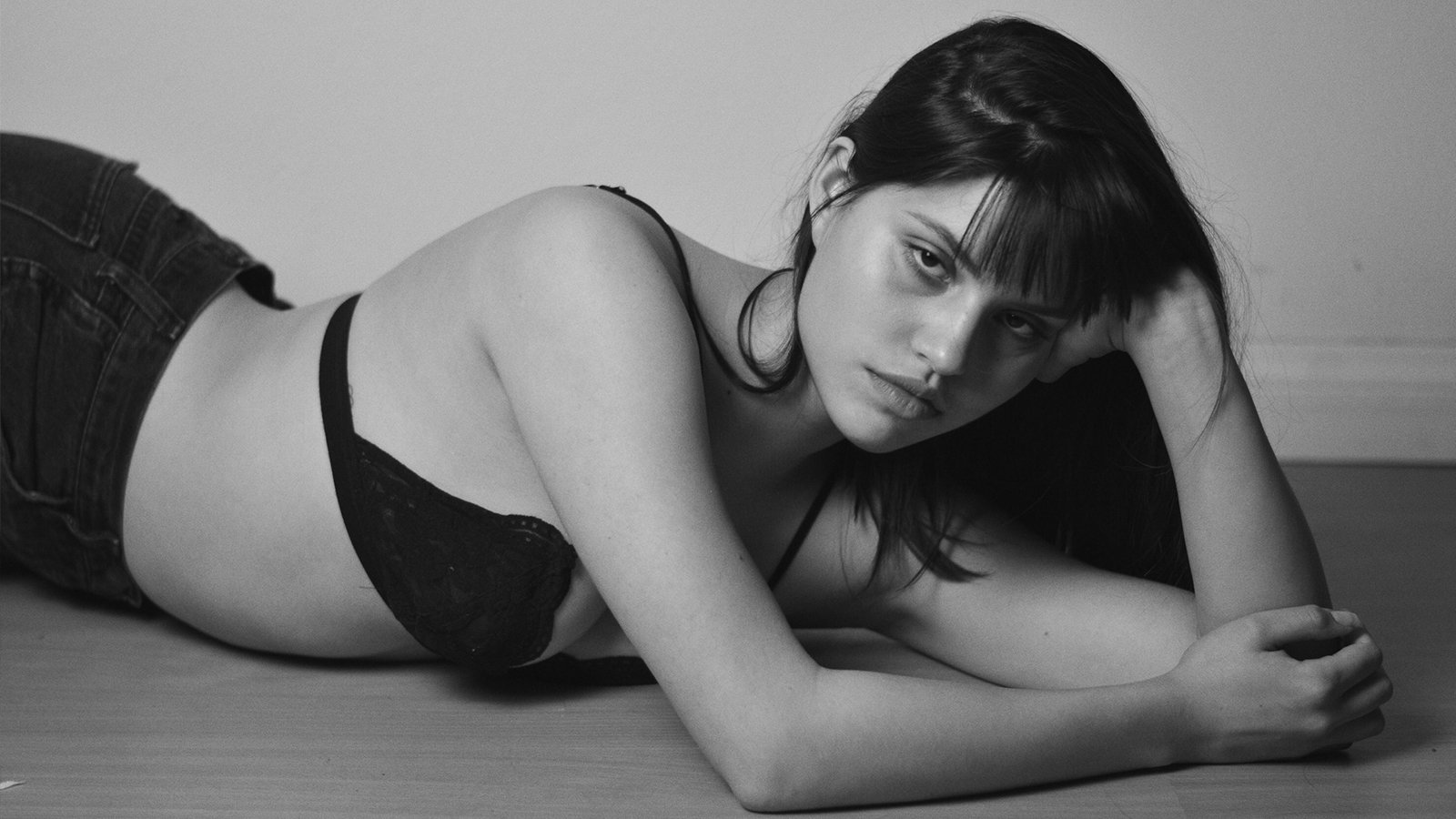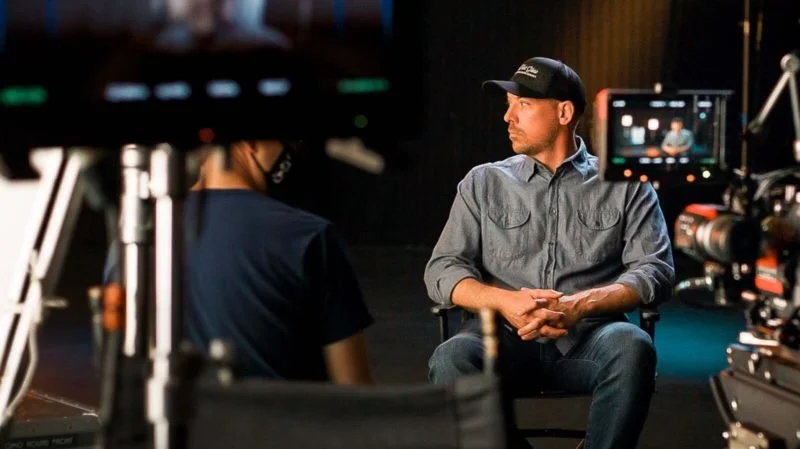An inclusive approach to choosing talent
In Conversation with Jesse Simon- co-founder of Other Peoples Children (OPC)
Today, you are known for an out-of-the-box approach to choosing your talent. Can you describe how you maintain inclusivity even in a cutthroat industry like fashion? How did you do it?
I guess my approach to choosing talent comes from my journey. Ironically I was never interested in fashion per se, I always thought I’d get out of the industry (laughs). Actually, I saw fashion as a stepping stone for something else.
After I moved to Ford NY, that outlook influenced the talent that I chose. I would sign, like, photographers and musicians. People who had that spark of potential in them… and many of them made it big. For example, I signed Ethan James Green when he was 16 years old, and now he is a huge, well-known photographer.
The difference was that I would sign them based on who they were, not on what I wanted to make out of them. It was a time when agents never said, “Just be yourself.” My team would say: “Tell them to do ‘this’ or ‘that!” But I would ignore all that because it never mattered to me.
That often worked to my detriment because it looked as if I was not developing people. The truth is: I never sign people to develop them. I signed people who already have a spark! I just shine more light on it so it grows. Why would I dull them down by teaching them how to walk and talk? That general attitude in the industry sort of disenchanted me for a long time. It made me want to get out of fashion. But everyone could see that I was doing well in my work because the people I signed had that J e na sais quoi about them into a room, and they would book jobs because of who they were. Although I was questioned for my decisions, there was no doubt that my approach was working.
After ten years in New York, I put in a transfer to work at Ford LA. Until I moved to LA, I was inclusive in my thinking and approach. But it was after I moved to LA, I was empowered to be the creative. It was a different dynamic from New York. Chandra Feltus (current Partner/Director at NEER) was the director of Ford LA. We made the perfect team. She handled the business affairs. She’d go up to SoHo house to meet the client, and I’d find the funky art kid to show them. It gave me a whole new level of freedom.
At one point, our women’s board needed new talent. I thought, "this is the perfect opportunity to sign individuals that Ford wouldn’t generally sign." People who may be smaller in terms of stature, but big in terms of life.
The truth is: I never sign people to develop them. I signed people who already have a spark! I just shine more light on it so it grows. Why would I dull them down by teaching them how to walk and talk?
When I look back, my team in New York was the first to break boundaries by signing on a non-binary model. We didn’t even know what it was, because there was no technical term for gender identity back then.
We signed on Casey Legler, who was six feet tall, Olympic swimmer, and artist. For the first time, a “woman” was on the men’s board. Casey refused to wear women's clothes and only wore menswear. Casey did some stuff for Peter Lindbergh and Diesel Campaign. It was a hot button thing, and clients would get very upset. We would inform them in advance, that Casey doesn’t wear women’s clothes. But still, it would become a huge fight. It was very limiting at the time. While people liked the idea of it, they were like, “Yea… no.” So we were crossing the lines of gender identity but we didn’t even know what it was.
We signed people who had potential. We started looking at, how do we build their stories out? How do we connect all the dots and show people that their leverage isn’t their size, color, or sexual identity? It is many other ingredients. Talent is the cost of entry, not who or what you are.
Yes, we are a talent agency, so we are inclusive. But many people misunderstand what inclusiveness means. For example, you can’t loop in people from minority backgrounds just to look inclusive. My friends from other backgrounds wouldn't want to be included because of their race or gender. They want to be known for their hard work and talent.
See, I know that people don’t remember what you do for them, but how you make them feel. That is what I was looking for. Although the influencer thing was picking up on social media, I was more interested in talent who end up becoming accidental influencers, even in a niche way. They become influencers because their work is so inspiring, and people want to check them out.
When you see people as parts of your community, not “higher” or “lower,” you end up finding all kinds of awesome people. It sort of caught fire in a way that made me seem like I am doing something innovative at the time.
So that’s my approach. I wasn’t even looking at giving other people a voice. When you see people as parts of your community, not “higher” or “lower,” you end up finding all kinds of awesome people. It sort of caught fire in a way that made me seem like I am doing something innovative at the time. But I never had this feeling: “I’m going to help this person!” It was just like: “Who doesn’t want to work with this person?! They’re so cool.”














